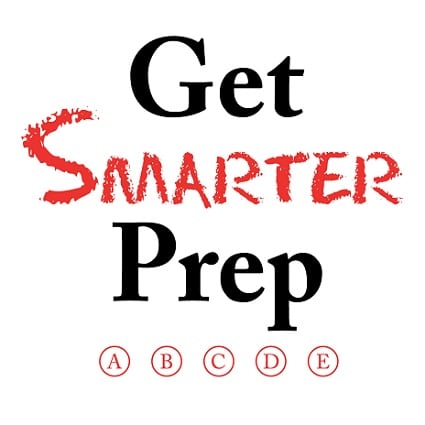Winter Break Time Management
Winter break is fast approaching, and you’ve probably got serious plans. Maybe you’ve got ACT prep to do or college applications to (finally) complete or volunteer work or rehearsals or practice or family projects…it’s all doable, right?
Until suddenly you’ve got two days left until class begins and it feels like you’ve done nothing but scroll through Unimpressed Cats and moderate an unwieldy group text between some people who, honestly, shouldn’t be allowed to group text.
Here are some tips for how to manage time wisely and make the most of your upcoming break.
-
Schedule time for interruptions.
If your schedule is too tight, one unexpected distraction can throw everything into chaos. Your mom wants you to pick up your little brother from soccer? Where is that time going to come from? You don’t even have time to get a glass of water until tomorrow at 3:15 PM.
Build time into your schedule to allow for the unexpected so that you can move things around, be flexible, and not lose all of your momentum. If you don’t end up using your extra time, resist the urge to cram more (unnecessary) activities into your day. Take a break. Go for a walk. Take a nap.
-
Examine
Procrastination can be a source of frustration and guilt, but it can also be a source of information. What kinds of things are you putting off? Examine what your feelings are about those tasks. This might not be pleasant, but it’s important!
You might find, at the root of your strong desire to avoid a task, you’re feeling uncertain about the requirements, or anxious about the outcome, or just generally overwhelmed. Getting to the bottom of your procrastination is the first step towards solving the problem.
-
Focus on one thing at a time.
Multi-tasking is a waste of time.
It’s been proven. With science. Work on one task at a time. You’ll actually get more done. If you’re worried you’ll waste all of your time on one thing when your to-do list contains 75, see tips #5 and #6.
-
Don’t waste time waiting.
It may not seem like it, but you probably have time you’re not using. Down time is important. I am not suggesting that every moment be dedicated to accomplishing tasks. However, time that is neither productive nor restful is wasted time.
Waiting for an oil change? Bring a book or an assignment. Five minutes, ten minutes, twenty – these little bits of time add up, so don’t kid yourself into thinking they don’t “count.”
-
Don’t be a perfectionist.
One of the best time management tips I ever received was from this textbook: “Define ‘acceptable’ and stop there.”
For those of us used to overachieving, this might sound blasphemous. You can’t just get by with acceptable! You’ve got to do the very best job possible! But when doing the very best job possible one on project means that something else doesn’t get done at all, it’s time to re-evaluate your system. Some tasks don’t require lots of flair. What is the expectation? Fulfill the expectation, meet the requirements, and move on.
This doesn’t mean you’re turning in shoddy work. It does mean that if you’ve got a 10-point worksheet of French sentences to write, writing them neatly and correctly might be enough. Maybe you don’t also have to create a delightful story out of them, if that’s not even part of your assignment.
-
Set time limits.
If you have many things to do, decide how long you’ll spend on each task. Set a timer or an alarm and stick to it. You might be surprised how much you can accomplish in an hour or even 15 minutes.
Setting a time limit helps you to stay focused on your task because you have less time to waste. If I have two days to write a paper, spending two hours on Instagram doesn’t seem like a big deal. If I have an hour to come up with an outline and an introduction, I am less likely to waste that time.
Time limits also help coax you into approaching tasks that seem frightening or unmanageable. You can do anything for fifteen minutes. Even brainstorm college essays.
-
Take care of yourself.
If you’re already ruthless about getting enough sleep, eating well, exercising, taking breaks, etc., congratulations! Keep those habits up.
If you’re the type of person who misses out on basic self-care in favor of getting more done, know that you are actually less productive than you would be if you were eating and sleeping and taking regular breaks. Leave enough time in your schedule for meals, breaks, sleep, and social activities. You’ll feel better, get more done, and be less likely to get sick.
This is a busy time of year for everyone, but if you approach it intentionally you may be surprised at how much you can accomplish while avoiding mind-numbing panic. Good luck!



